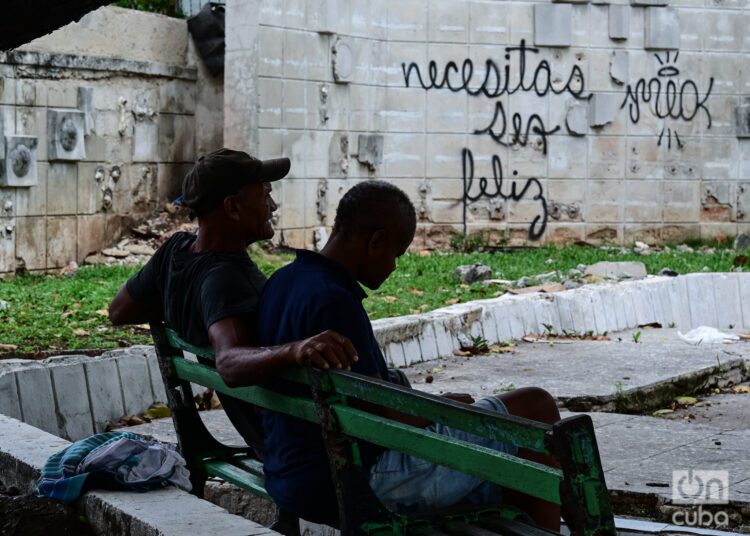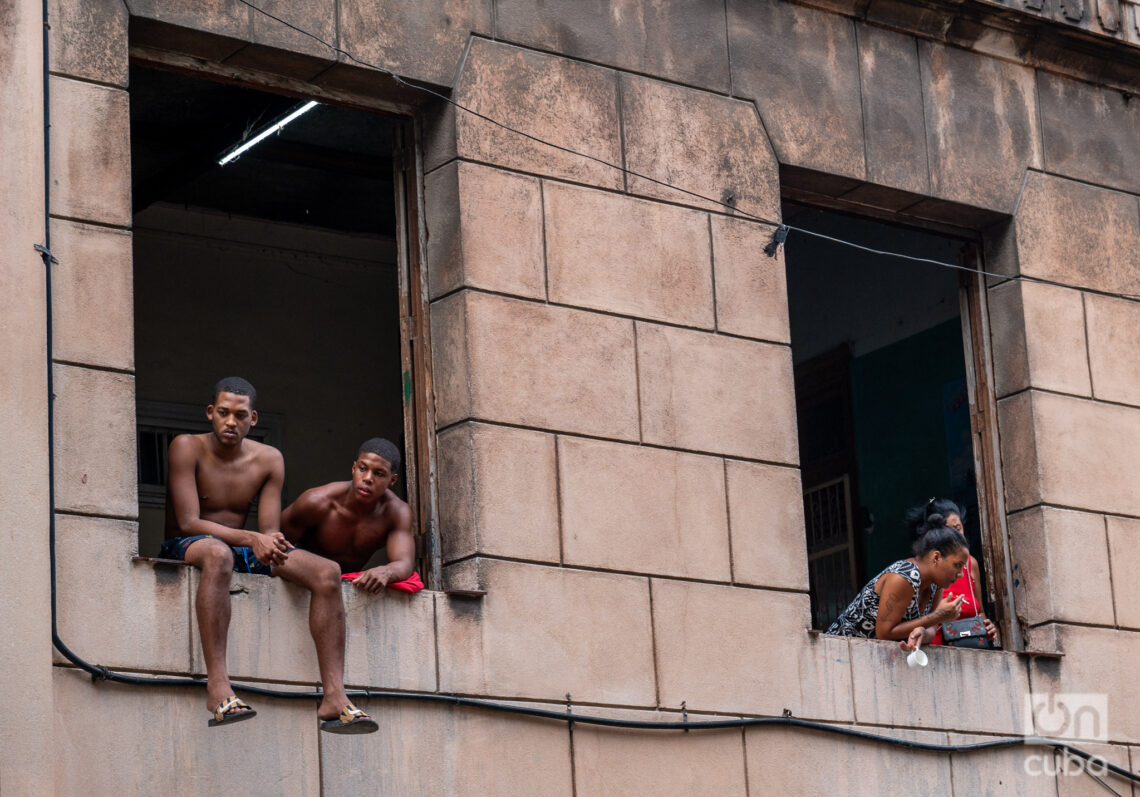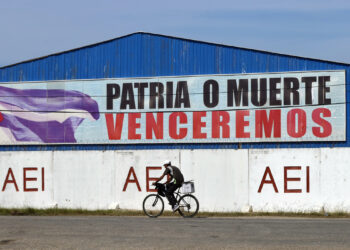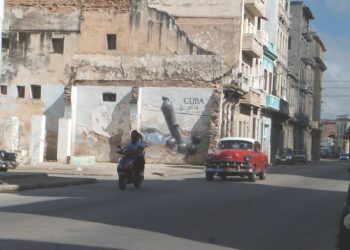“From Friday to Sunday, this week, Héctor Quintero’s play, La última carta de la baraja (The Last Card in the Deck), will be presented at the Hubert de Blanck Theater, with Edwin Fernández, Alicia Bustamante, Silvia Planas, and other artists. This play has already been seen by more than 22,000 spectators in 68 performances.” This is how Granma reported, almost half a century ago, on the staging of a play whose central theme was the plight of the elderly; that is, the marginalization and helplessness that many people suffer when they reach old age.
In that remote Cuba of the late 1970s and early 1980s, when not only was the “economy” (the macro economy) growing relentlessly, but also the standard of living and well-being of people — not just one group, but all Cubans —, theater, once again, stepped forward to put the icing on the cake: the elderly were being left behind.
In the issues and debates that Temas magazine has dedicated to poverty, inequality, aging, gender, racism, the impacts of the multiple crises affecting Cuban society (the poly-crises, as Mayra Espina dixit), aggravated by catalysts like the pandemic, as well as in a recent debate on the situation of people with disabilities, social and cultural problems manifested in new social relations emerge with greater intensity than before.
If we examine this network of connotations and cultures, we will see that, in the common ground shared by all of them, the question of human dignity “shines with its own light” — as that song by Pablito Milanés said.
To put forward the idea I want to argue in this brief space, I would say that finding the (other) path to socialism depends more on recovering the fundamental question of human dignity as a cardinal point than on pulling the golden thread to escape the circular labyrinth of the economic crisis itself.
By human dignity, I understand the human self-awareness, not only as a psychological, moral, or ideological condition, but also linked to all its social relations. And it manifests itself in very specific attitudes, such as the sense of belonging to a society where one sees oneself reflected (or not); where one feels recognized as an active presence, and not just with access to the protection or care of others; where people can experience a certain prosperity, which they manage themselves, and which is an inseparable part of their status as citizens, not just in the form of compensation for belonging to a vulnerable group. This self-awareness is an inseparable part of their social conscience, their civic status; just as their self-esteem is linked to the esteem that society projects upon itself.
In other words, it might be illusory to attribute growth and a higher standard of living to the restoration of the dignity damaged by successive crises; to associate its restoration with an expectation of greater material wealth.
While this shared prosperity was a key part of the original call that sparked the socialist consensus in Cuba, at its mobilizing core was the sense of autonomy and individual freedom that permeated the majority of Cubans. Having decent employment, access to healthcare and education, etc., had a direct effect on how people saw themselves.
It was this vision of themselves, as people who counted in the transformation of society, that changed their behavior and motivated them to participate. And although many did not yet have the income level and living conditions that would lift them suddenly out of relative poverty, their sense of dignity as recognized individuals and the ability to exercise their rights as citizens made them protagonists of the social change called the Revolution.
This recovery of human dignity was at the heart of identification with the revolutionary process not only among those at the bottom, but also in the participation of sectors of the middle class, whose social mobility was not as significant in terms of increased material living standards.
When we think of the social groups that have seen the capacities that build their sense of dignity diminished, we see the elderly and people with disabilities, the poor in the city and the countryside, residents of marginalized neighborhoods, immigrants from the eastern provinces in “the capital of all Cubans,” but also blacks, homosexuals and other LGBT people, informal workers, and other disadvantaged groups, those in subsistence situations, or those facing discrimination.
If we were to add them all together, we would see that the minority is not them, but everyone else.
Now, beyond their relative majority status, what I want to argue is that their common denominator, in terms of human dignity, concerns their ability to represent themselves, make decisions, and reflect themselves as such in the mirror of society as a whole.
And while social policies and legislation can compensate for their disadvantages and ensure their protection, while necessary and essential, they do not allow them to restore that fundamental dignity.
The problem of poverty, as well as racism, homophobia, contempt for people from eastern Cuba (pejoratively called “Palestinians”), and the rejection of people from marginalized neighborhoods called “repas,” have struggled to emerge into the collective consciousness.
Politics has not done enough to foster this awareness in most cases. The words poverty, marginalized neighborhoods, informal workers, marginalized people, people with disabilities, as well as disadvantages associated with skin color or gender, were not in the vocabulary of the Economic and Social Guidelines (2011), the basic platform that supposedly guided the reform process.
I’m not saying they were absent from the approved and implemented social policies; rather, they were not placed in the spotlight of politics-policy. Let’s say they appeared on that radar during the July 11 protests; that is, when they took the form of “threats” to national security. However, that light does not necessarily clarify or understand the problems, and it hardly allows them to be eradicated or addressed.
The growing disadvantages that have marked the global dynamics of inequality, the structural poverty of certain groups, and the impoverishment of other segments of society who have lost the standard of living they once enjoyed, have been documented by research, social science publications, and academic debates, at least since the Special Period. While this has been the main contribution to understanding them, it has certainly not been enough to make them visible.
However, a cursory review of the Cuban press, including official and informal media, reveals all kinds of chronicles, reports, and even investigative works (Cubadebate, 2019) about some manifestations of this poverty. For example, homeless people and “divers” (scavengers in garbage dumpsters).
Of course, seeing someone rummaging through garbage dumpsters or sleeping on the threshold of an abandoned building provokes a mixture of feelings, the best of which is commiseration. This vision stays with us because, although it is not a recent phenomenon, we still do not accept it as part of a “new normal.” And we think that, while the number of people in vulnerable situations has increased, extreme poverty has been rare.
This view, on the other hand, reinforces a long-standing image of poverty as something dirty and degraded. See the photos accompanying the texts about these practices and the characterizations of the individuals who practice them to verify this.
But even if these descriptions were respectful of the dignity of these people, and if the analysis of their cases were not limited to simply blaming the government for their causes, our understanding of the problem of poverty would remain superficial. Not only because most of the poor don’t sleep in parks or rummage through garbage bins looking for recyclable materials. As research shows, the underlying factors that reproduce it are embedded in Cuban society and have continued to manifest themselves since the Special Period.
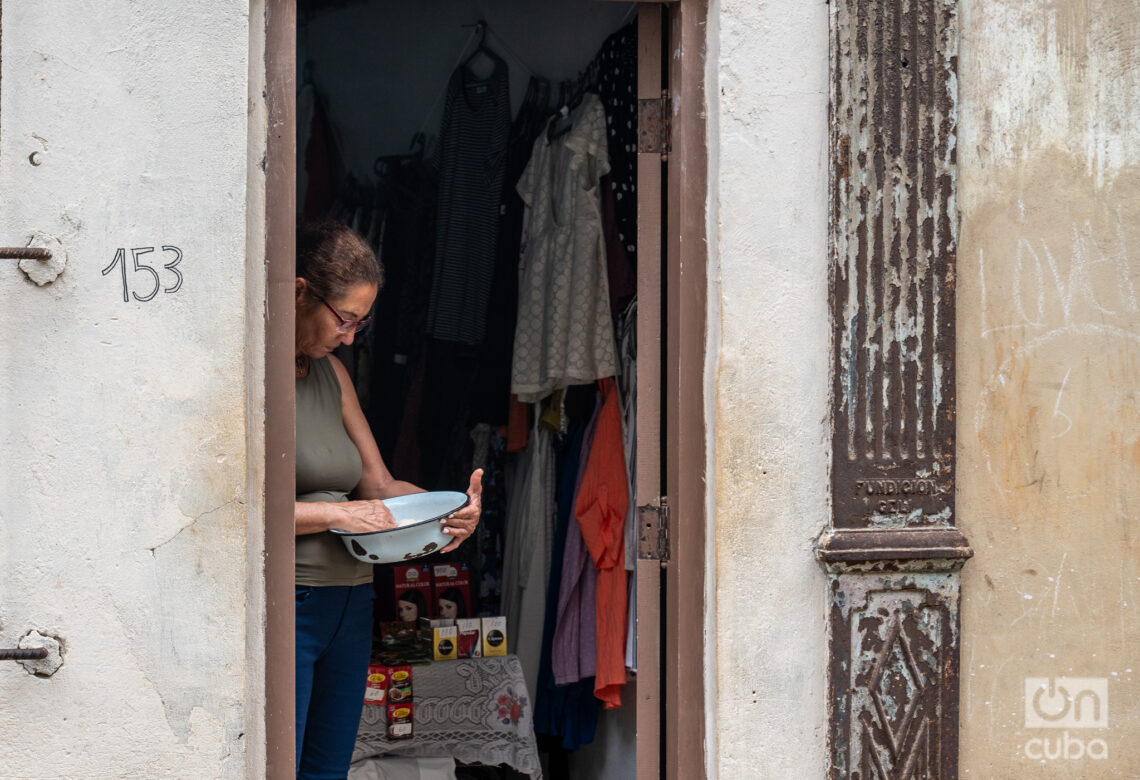
Although we know more than ever, in terms of research and the accumulation of institutional knowledge, we know less than we think about what is happening to us as a society. At the same time, the cloud of socially shared perceptions is what builds common sense; and that is what prevails. These perceptions reflect a time of profound ideological confusion, where clarity is a rare commodity.
Without further ado to discuss this myriad of problems, I want to simply mention that this issue of human dignity is not a utopian vision, a doctrine, or an ideological atavism that makes no sense in the real world.
Two years ago, a congress on the elderly and people with disabilities focused on the issue of the right to personal autonomy (2nd State Conference on the Right to Personal Autonomy, Spain 2023), understood as the attainment of true emancipation, self-determination of one’s own life project, and participation in society on the same terms as other people. Furthermore, it proposed “establishing a new culture of social transformation and improving the quality of life of people with disabilities in their aging process,” transforming longevity into a period of “emancipation, activism, and well-being,” and making it “an opportunity for the country’s social and economic progress.”
Although what was said there about older people and people with disabilities does not cover all so-called vulnerable groups, it is worth considering for all. Beyond their obvious differences, the restoration of human dignity is the lens through which we can view ourselves as a society, understand one another, and rediscover the foundational mark of a different and more just society.
Whether we are in time (or not) to play this card so that no one is irrevocably the last card depends on all of us being able to play it.

